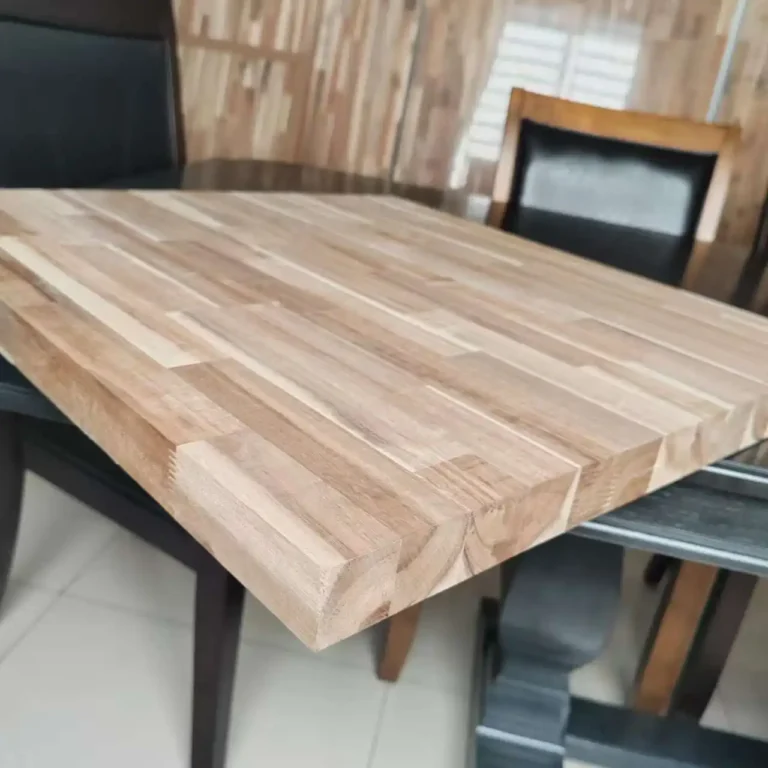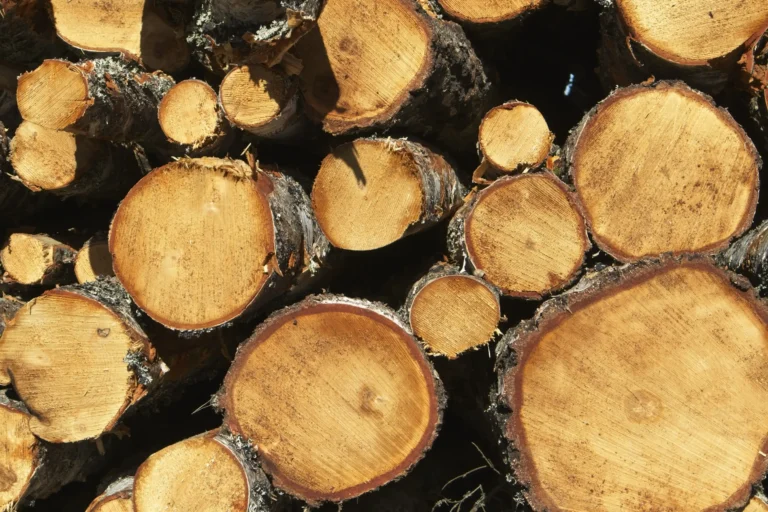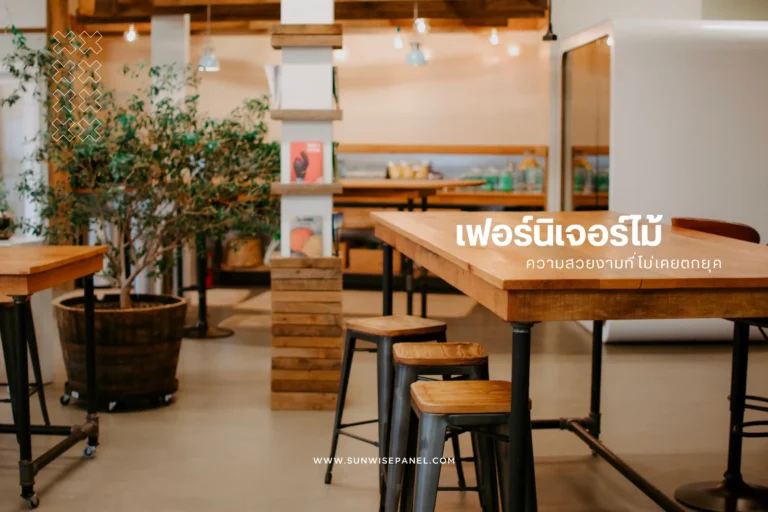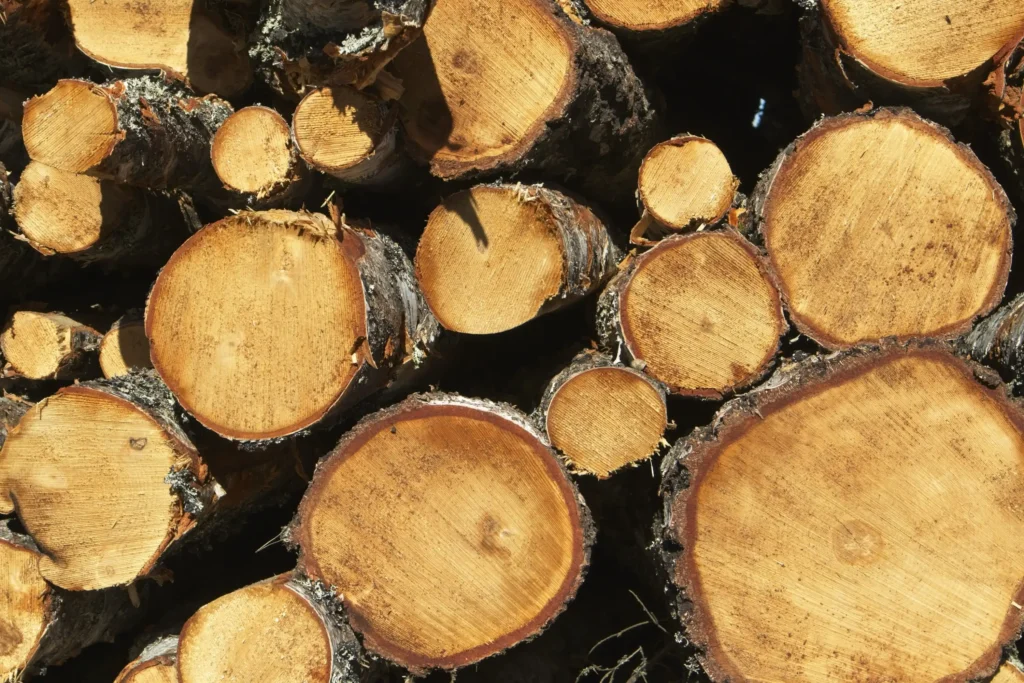
Processed rubberwood is one of the most popular materials in the global timber industry. With its wide range of properties and eco-friendly nature, processed rubberwood has become an ideal choice for construction, furniture production, and interior design. This article explores the characteristics of processed rubberwood, its advantages, and its diverse applications.
Table of Contents
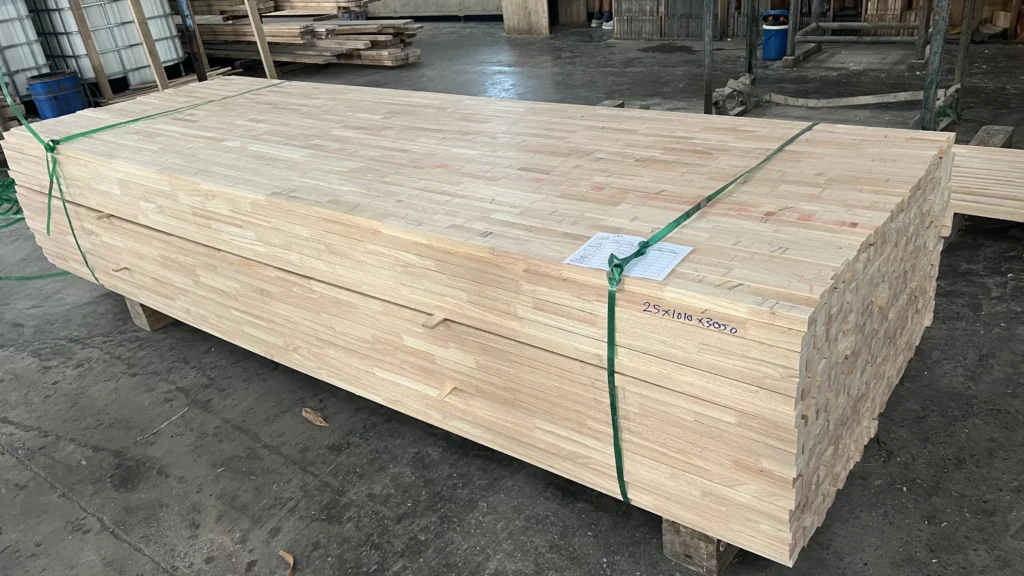
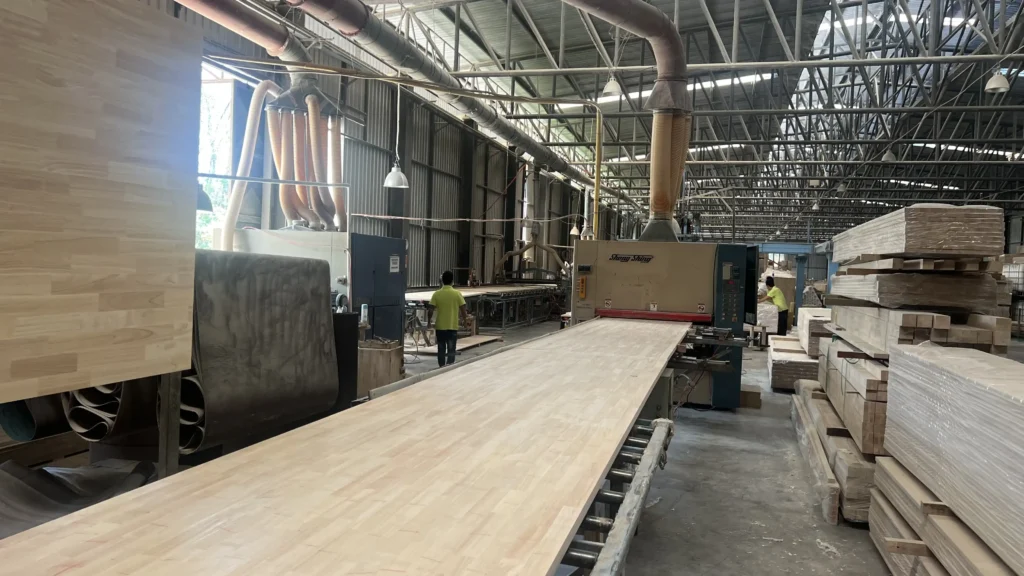
The Process of Rubberwood Transformation
- Selection of Raw Wood
Rubberwood is sourced from rubber trees that have reached the end of their latex production cycle. These are then cut into various sizes for processing. - Drying Process
Raw rubberwood undergoes kiln drying to reduce moisture content, preventing warping and mold growth. - Lamination
Smaller wood pieces are laminated using high-quality adhesive to enhance strength and versatility for multiple applications. - Surface Coating and Finishing
The wood is sanded to a smooth finish and coated with scratch-resistant and anti-termite treatments, making it ready for various uses.
Advantages of Processed Rubberwood
- Strength and Durability
Processed rubberwood offers moderate strength, making it suitable for a wide range of uses. - Natural Aesthetic
Its light color and natural grain patterns are perfect for a variety of design styles. - Eco-Friendly
The use of rubberwood promotes sustainable resource utilization, reducing deforestation of natural forests. - Affordable Pricing
Compared to other hardwoods, processed rubberwood offers excellent value for money.
Applications of Processed Rubberwood
- Furniture Industry
Used for crafting various furniture items, such as tables, chairs, cabinets, and shelves. - Interior Decoration
Ideal for flooring, wall paneling, and ceilings, adding a warm and natural touch to interiors. - Construction
Suitable for lightweight structural materials or decorative elements in buildings. - Other Processed Products
Includes pallets, plywood, and finished wood products for industrial and decorative purposes.
The Market and Demand for Processed Rubberwood
Thailand is a leading global exporter of processed rubberwood, with major markets in the United States, Japan, and Europe. The demand for processed rubberwood continues to grow due to its versatility and sustainable nature, making it a preferred material worldwide.
Care Tips for Processed Rubberwood
- Avoid Moisture Exposure
Store rubberwood in dry areas to prevent warping and mold growth. - Regular Cleaning
Clean with a damp cloth and avoid harsh chemicals to maintain its appearance. - Apply Oil or Wax
Coating the surface with oil or wax enhances its shine and extends its lifespan.
Conclusion
Processed rubberwood is a versatile and eco-friendly material suitable for a variety of industries. Its strength, beauty, and affordability make it an ideal choice for furniture, interior design, and construction projects. Choosing processed rubberwood not only ensures high-quality results but also supports sustainable resource usage, reducing the need for natural forest deforestation. If you’re looking for a material that combines functionality, aesthetics, and environmental consciousness, processed rubberwood is the perfect solution.
Contact us
- Facebook : Sunwise international CO.,LTD. โรงงานผลิตไม้ยางพาราประสาน
- Phone number
- 081-6096763 (Sales Department)
- 063-1939680 (International Sales Department)
- Instagram : sunwise.international
- Youtube : sunwise international
- Tiktok : sunwise.international
- LINE : @027fwqvv
- Website : www.sunwisepanel.com
- Map : Sunwise international CO.,LTD.


